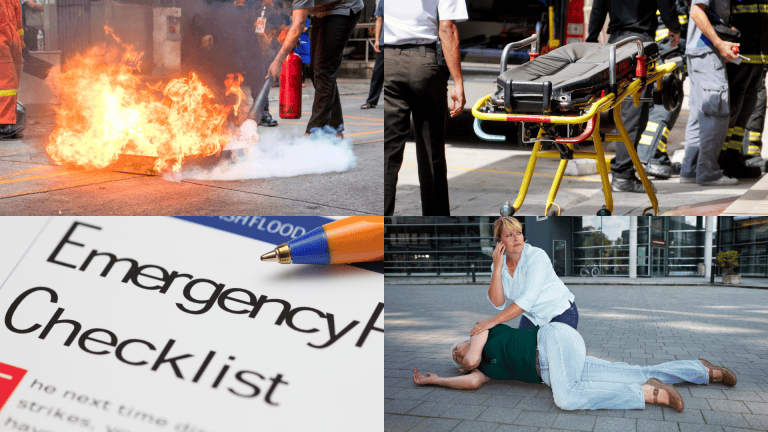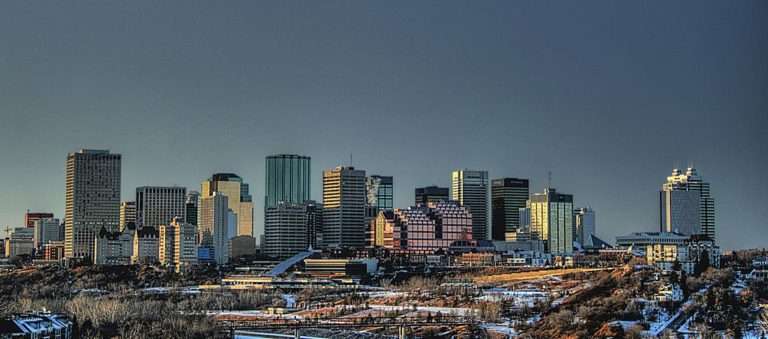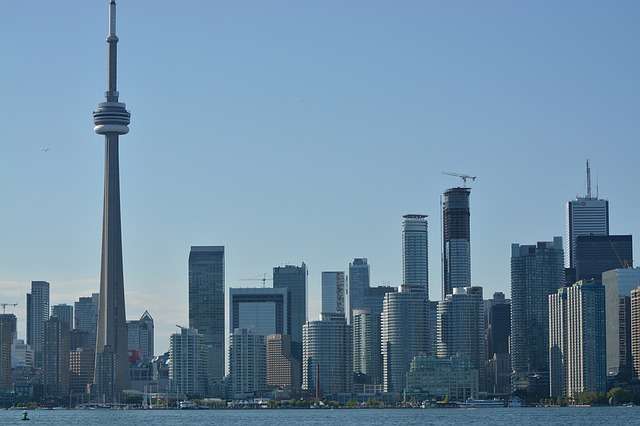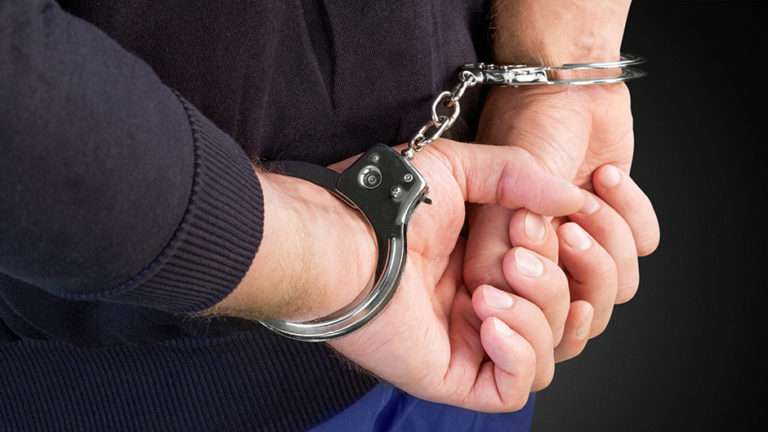How Security Guards Handle Emergency Situations: Protocols and Response Strategies

Security guards are a critical component in the framework of response to emergency situations. They are often the first to detect irregularities and take action during unforeseen events.
Trained in various crisis scenarios, they employ protocols and strategies to manage situations ranging from medical emergencies to security breaches. Their role is multifaceted, involving vigilance, rapid decision-making, and effective communication with the people involved in the emergency and the appropriate emergency services.
Handling emergencies requires security guards to execute a well-practiced series of steps. These steps include assessing the situation quickly, securing the area to ensure the safety of bystanders, and providing the necessary first response, such as first aid if required.
They must maintain a calm presence to manage the incident effectively and relay accurate information to emergency personnel upon their arrival.
In today's increasingly complex security environment, the preparedness of security guards is more important than ever. Continuous training ensures they remain adept in emergency procedures, equipping them with the knowledge and skills necessary to handle high-pressure situations. Their ability to respond appropriately has a significant impact on the outcome of emergency incidents, underscoring the importance of their role in maintaining public safety.
Understanding the Role of Security Guards
Security guards are trained to efficiently manage emergencies by formulating response plans and maintaining constant vigilance to ensure the safety of individuals and property.
Emergency Response Planning
They are responsible for creating and implementing emergency response plans tailored to the specific needs of the facility they are protecting. These plans outline clear protocols for various scenarios, including medical emergencies, fires, bomb threats, and natural disasters.
Key components of an effective emergency response plan include:
- Communication Systems: Establishing reliable methods for internal and external communication during an emergency.
- Evacuation Procedures: Detailed routes and strategies for safe and orderly evacuations.
- Coordination with Local Authorities: Procedures for engaging with police, fire departments, and medical personnel.
- Training Drills: Regular practice sessions for staff to ensure preparedness.
Vigilance and Situational Awareness
Security guards maintain a high level of vigilance to detect and respond to potential threats before they escalate. They employ situational awareness techniques, which include:
- Regular Patrols: Routine checks of the premises to identify security breaches or hazardous conditions.
- Monitoring Surveillance Equipment: Watching over security cameras and alarm systems for signs of disturbance.
- Observation Skills: Recognizing anomalous behaviour or items that may indicate a risk.
- Reporting Incidents: Documenting and informing management of any irregularities or potential security threats.
Types of Emergency Situations
Security guards are trained to respond to a variety of emergencies, each requiring a specialized approach to ensure safety and minimize damage.
Natural Disasters
When nature unleashes its fury, security guards must act promptly to safeguard lives and property. Floods, earthquakes, and severe storms can occur without warning, necessitating an immediate and effective response. They prioritize evacuations, provide aid, and maintain order during these events.
- Evacuations: Ensuring safe and orderly movement of people to shelters.
- Aid: Distributing emergency supplies like food and water.
- Order: Managing crowd control to prevent chaos.
Medical Emergencies
During medical crises, security guards serve as first responders until medical professionals arrive. They assess the situation, provide first aid, and may perform CPR or use AEDs if needed.
- First Aid: Applying bandages or dressings to wounds.
- CPR: Administering chest compressions and rescue breathing.
- AED: Using Automated External Defibrillators when appropriate.
Fire Outbreaks
In the event of a fire, a guard's first action is to alert occupants and aid in the evacuation. They must understand the use of fire extinguishers and the protocols for dealing with various types of fires.
- Alerting Occupants: Initiating alarms and making announcements.
- Fire Extinguishing: Employing appropriate extinguishers for different fire classes.
- Evacuation Assistance: Guiding individuals to safety.
Acts of Violence
Confronting violence, be it an active shooter scenario or a physical altercation, security guards work to protect individuals and defuse the situation. They might engage in lockdown procedures or collaborate with law enforcement.
- Lockdown Procedures: Securing access points to prevent escalation.
- Law Enforcement Collaboration: Providing critical information and assistance.
- Individual Protection: Shielding vulnerable individuals and preventing harm.
Communication Protocols
Effective communication during emergencies involves clear strategy and execution among security personnel, emergency responders, and the public.
Internal Communication
Security teams use a variety of tools to maintain constant contact during a crisis. This includes two-way radios, mobile phones, and sometimes encrypted messaging apps.
They also share essential information such as the nature of the emergency, location, and required assistance swiftly and concisely.
- Standard Operating Procedures (SOPs): Teams follow pre-established SOPs.
- Real-time Updates: Team members provide continuous updates as the situation evolves.
- Chain of Command: Information flows through a clear hierarchy to ensure control and proper response coordination.
Communication with Emergency Responders
When interacting with police, fire, and paramedical services, security guards must communicate effectively and efficiently.
They often have predetermined contact lists and utilize direct communication lines for immediate response. It is crucial to convey:
- Type of Emergency: Clearly identifying the crisis at hand.
- Specific Location: Providing precise location details within the facility.
- Severity: Assessing and communicating the potential impact or immediate risks.
Communication with the Public
Informing the public during an emergency requires accuracy and calmness to avoid panic.
Methods include:
- Public Address Systems: For announcements and directives.
- Visual Aids: Like signs and maps, to direct safe evacuations.
Bulletins and updates are conveyed in a manner that is:
- Timely: To ensure prompt awareness and action.
- Clear: Avoiding technical jargon and using plain language.
- Reassuring: Maintaining a tone that promotes calm and orderliness.
Response Procedures
Security guards are trained to react swiftly and efficiently during an emergency to safeguard people and property. Decisive actions, controlling the situation, and collaboration with emergency services are critical.
Immediate Action
When an emergency arises, security guards must assess the situation quickly to determine the severity and potential impact. They follow established protocols such as:
- Assessing Immediate Danger: Identifying if there is an immediate threat to life or property.
- Securing the Area: Establishing a perimeter to prevent further harm or access to hazards.
Crowd Control and Evacuation
In the event of an evacuation, security guards play a pivotal role in maintaining order.
Their tasks include:
- Directing Individuals: Providing clear instructions for safe egress, using both verbal communication and signage.
- Managing Flow: Preventing bottlenecks and ensuring that evacuation routes are accessible and efficient.
Coordination with Authorities
Effective communication with law enforcement and emergency services is crucial. Security guards are responsible for:
- Information Relay: Sharing critical incident details with responders.
- Supporting Emergency Services: Assisting with crowd control, access, and other tasks as requested by authorities.
Post-Emergency Actions
Following an emergency, it is imperative for security personnel to document the incident, liaise with authorities, and scrutinize the event to improve future responses.
Incident Reporting
Security guards are required to complete an incident report immediately after an emergency. This document should be comprehensive, including:
- Date and time of the incident
- Location where the emergency occurred
- Names of individuals involved
- Description of the event and actions taken
- Injuries or damages sustained
The report must be factual, with no speculative content.
Providing Statements and Evidence
In the aftermath, security guards may need to provide statements to law enforcement officers. They should maintain a neutral demeanour and stick to the facts.
Evidence, such as surveillance footage or witness testimonies, must be catalogued and handed over to the proper authorities. Here’s a structure often followed:
- Prepare all relevant documents and visual material.
- Ensure the chain of custody for evidence is clearly documented.
- Coordinate with law enforcement to schedule interviews or briefings.
Post-Incident Analysis
After the resolution of an emergency, a detailed analysis is conducted to identify strengths and areas for improvement. This might involve:
- Assessing the effectiveness of the response procedures.
- Debating whether the security measures in place were adequate.
- Discussing if communication was effective and clear.
- Consider updates to protocols to prevent future occurrences.
Training and Preparedness
Effective training equips security guards with the skills to handle emergency situations efficiently.
Preparedness involves a continuous learning process that spans regular practical drills and proactive professional development to stay current with best practices and regulatory requirements.
Regular Drills and Exercises
Security guards participate in regularly scheduled drills and exercises designed to simulate a variety of emergency scenarios. These drills often follow a standard procedure:
- Scenario briefing
- Drill execution
- Debrief and feedback
Table: Frequency and Types of Drills
| Drill Type | Frequency | Objectives |
|---|---|---|
| Fire Drills | Monthly | Evacuation procedures, use of fire extinguishers, communication with fire department |
| Lockdown Drills | Quarterly | Effective lockdown execution, communication, minimizing exposure to threats |
| First Aid Drills | Biannually | First responder actions, CPR, wound management |
These exercises are tailored to the specific environment in which the guards are operating, whether it be a commercial property, educational institution, or industrial facility.
Professional Development
Professional development for security guards is not limited to initial certifications. They are encouraged to pursue ongoing education through:
- Workshops: Focused on refining skills and adapting to new security technologies.
- Seminars: Covering legal updates, ethical issues, and crisis intervention strategies.
- Online courses: Offering flexibility to enhance knowledge on various security aspects.
Security guards must also stay abreast of changes in:
- Security legislation: Understanding the legal framework within which they operate.
- Technological advancements: Familiarize themselves with the latest security equipment and software.
Investing in continuous education ensures that security guards remain knowledgeable and capable of addressing security threats with competence.
Legal Considerations
In the realm of security work, guards must have a firm grasp of their responsibilities and the boundaries imposed by law. They must understand their potential liability and how to act within the confines of safety legislation.
Understanding Liability
Security guards must be cognizant of the legal implications of their actions during emergency situations. Failures in duty can lead to liability claims against them or their employer. They should be well-versed in the standard of care expected of them, which varies depending on the nature of their role, and act accordingly to mitigate risks.
- For example, if a guard employed at a shopping centre fails to assist or evacuate individuals during an emergency, and this failure can be shown to have caused harm, the guard, alongside the employer, could be liable for negligence.
- Types of Liability:
- Criminal: Facing charges for illegal actions or omissions.
- Civil: Being sued for damages due to negligence or misconduct.
- Contractual: Breaching terms specified within a contract of employment.
Compliance with Safety Legislation
Security personnel must comply with Canadian federal and provincial safety laws to ensure they manage emergencies effectively. In Canada, this includes adhering to occupational health and safety acts and other relevant legislation like the Canada Labour Code.
Guards must also follow protocols outlined in the Emergency Management Act which describes the management of emergencies at the federal level, and any related provincial statutes.
Guards should regularly participate in training sessions and safety drills to maintain their compliance with these laws. Records of such training should be meticulously kept as evidence of compliance.
- Key Legislation:
- Federal: Canada Labour Code, Criminal Code of Canada.
- Provincial: Occupational Health and Safety Act (varies by province).
- Documentation of Compliance:
- Training completion certificates.
- Drill attendance logs.
- Incident reports following safety protocols.
Technological Tools and Support
Security guards leverage a range of advanced equipment to manage and respond to emergencies effectively.
Surveillance Equipment
Surveillance systems serve as the backbone of security operations. They frequently consist of:
- Closed-Circuit Television Cameras (CCTVs): Strategically placed to monitor and record events, which can be crucial for post-incident analysis.
- Motion Detectors: Installed at sensitive points to alert security personnel of any unauthorized movement.
- Thermal Imaging: Enables guards to identify threats or individuals in low visibility conditions.
These devices are often connected to a central system, allowing for real-time monitoring and quick decision-making.
Emergency Alert Systems
Emergency alert systems are critical in swiftly communicating potential threats. They encompass:
- Alarm Systems: Triggered manually or automatically, these alert security staff and occupants to specific dangers.
- Mass Notification Systems: Used for disseminating information quickly over a wide area or throughout an entire building.
- Panic Buttons: Often carried by individuals, these allow for instant notification to the security team during a personal emergency.
Through these systems, security teams coordinate their responses and ensure timely evacuation or lockdown procedures when necessary.
Frequently Asked Questions
Security guards are equipped with specific protocols for various emergency situations to ensure safety and order during critical times.
What steps should be taken by security guards during emergency situations?
During an emergency, security guards should first assess the situation to understand its severity. They then communicate the emergency to all necessary parties, assist in the facilitation of evacuations if needed, and secure the area to prevent further risk or harm. Documentation of events as they unfold is also a crucial part of their role.
What are the responsibilities of a security guard during a fire emergency?
In a fire emergency, a security guard must promptly raise the alarm and contact the fire department. They are responsible for facilitating the safe evacuation of individuals from the premises and must ensure that all safety protocols are followed. After evacuation, they prevent entry into the dangerous area until it is declared safe.
How do security guards de-escalate stressful situations?
Security guards de-escalate stressful situations by remaining calm and demonstrating a clear presence. They use verbal and non-verbal communication to soothe agitated individuals and employ conflict-resolution skills. Effective listening and empathy are key, as is a measured approach that prioritizes the safety of all involved.
Can you outline a typical emergency response plan for security personnel?
A typical emergency response plan for security personnel includes the immediate assessment of the situation followed by alerting emergency services if necessary. It entails securing the area, implementing crowd control measures, and offering assistance to those in need. Continuous communication with law enforcement and emergency medical services is paramount throughout.
What are the primary duties of a security guard when an emergency arises?
When an emergency arises, the primary duties of a security guard include quick response, effective communication with all relevant parties, and maintaining a secure environment. They assist with evacuations if necessary, provide first aid, and document all events that take place for later review and analysis.
How should security officers proceed with emergency response procedures?
Security officers should proceed with emergency response procedures by following the established protocols of their security plan. This includes alerting emergency services and communicating with staff and visitors. They also need to control access to the scene and document the situation. They also ensure that all legal requirements and company policies are adhered to throughout the process.
Last Updated on Dec 2, 2024





